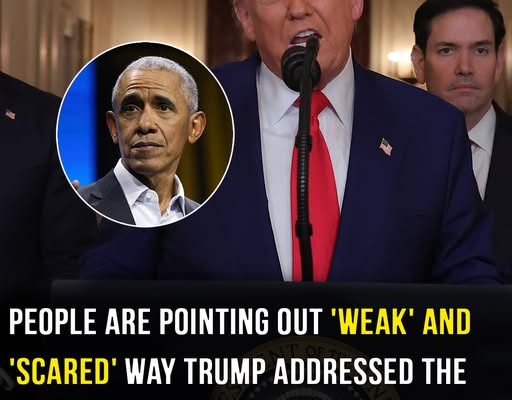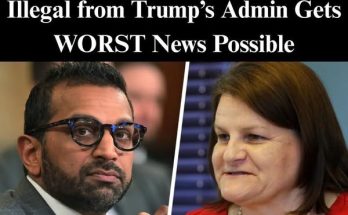Donald Trump’s presidency continues to provoke significant debate, with his second term rapidly becoming as contentious as his first. His assertive rhetoric and commanding social media presence contribute to a political style that thrives on attention—both from supporters and critics. Within months of resuming office, Trump has rekindled global tensions, especially in the Middle East, through a high-stakes military operation aimed at Iran.
On June 21, 2025, Trump authorized a substantial U.S. airstrike on Iran, asserting it was a response to the nation’s nuclear ambitions. The operation, which involved over 125 aircraft, targeted critical Iranian nuclear facilities in Fordo, Natanz, and Isfahan. Trump proclaimed the operation a complete success, asserting that the Iranian nuclear threat had been neutralized. This aggressive action significantly heightened tensions not only with Iran but also throughout the broader Middle East.
In retaliation, Iran executed missile strikes against U.S. air bases in Qatar and Iraq, disregarding Trump’s warning that any counteraction would be met with overwhelming force. Although a temporary ceasefire was declared between Iran and Israel, the region remains tense. Analysts and political observers contend that the situation could escalate uncontrollably, potentially igniting a wider regional conflict.
Trump’s national address following the strikes faced intense scrutiny. Social media users remarked that he appeared anxious and unsteady, with some speculating that he was apprehensive about Iranian retaliation or nuclear escalation. The disparity between Trump’s demeanor and previous presidential wartime addresses was pronounced and widely debated online.
As uncertainty persists, global leaders and citizens are vigilantly observing Trump’s forthcoming actions.



